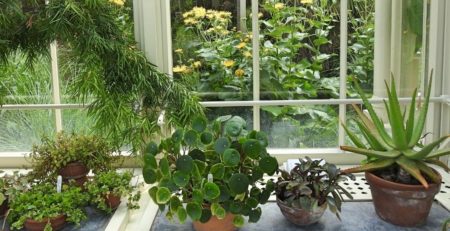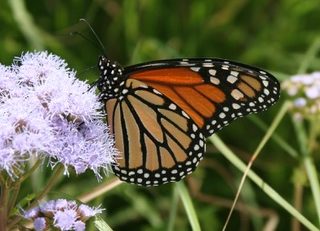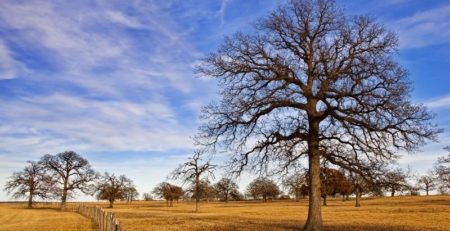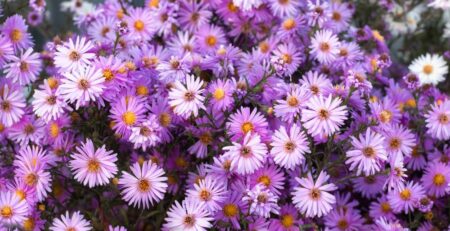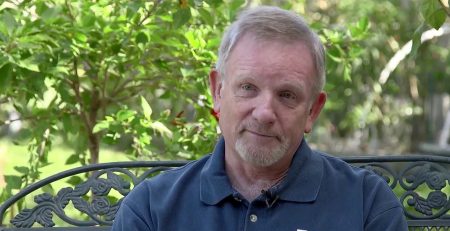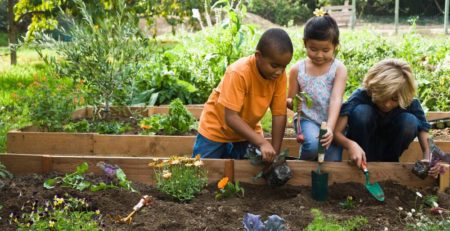North Texas Gardening: Winter to Early Spring
I must confess that, though I love being a gardener, I sometimes covet my relatives who live in Cleveland, Ohio. They have a long, fruitful summer gardening season, and then in the winter, the show is over. Their gardens go completely dormant while they sit indoors drinking hot cocoa. This especially occurs to me the times I am wrestling with yards of frost cloth in the middle of an incoming Blue Norther.
Gardening in North Texas slows down in the winter and early spring, but it never stops. We have the mixed blessing of being able to grow vegetables and ornamentals year-round. There are also plenty of garden tasks to keep us busy this time of year.
The only vegetables I have successfully planted outdoors in January are onion sets that I pick up from the local garden center. It sort of feels like cheating since each set produces just one onion. After forgetting when they were planted one season, I now make a note of the expected harvest date on my cell phone calendar.
Since the winter weather often provides spring-like days, I get outdoors to tend to the soil. I weed, add compost to fallow beds, and replenish mulch. I always save crushed leaves from the fall which is my favorite, economical form of mulch.
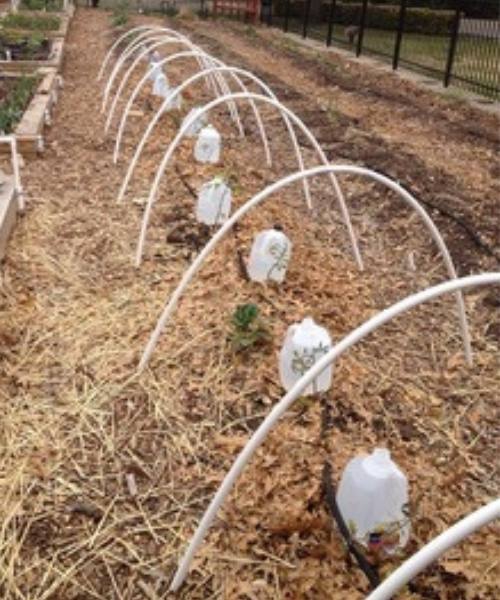
The vegetable planting charts say we can begin planting outdoors in February, but I no longer believe them. I have been disappointed too many times with late freezes that kill my precious seeds before they have a chance. I have florescent lights under which I start winter veggies indoors where, like me, they are warm and protected on frigid days. Today I have chard, kale, and pepper seedlings looking healthy and happy. Outdoors, the star plant is cilantro. It freezes, but it adds flavor to my chili and taco soup recipes all winter.
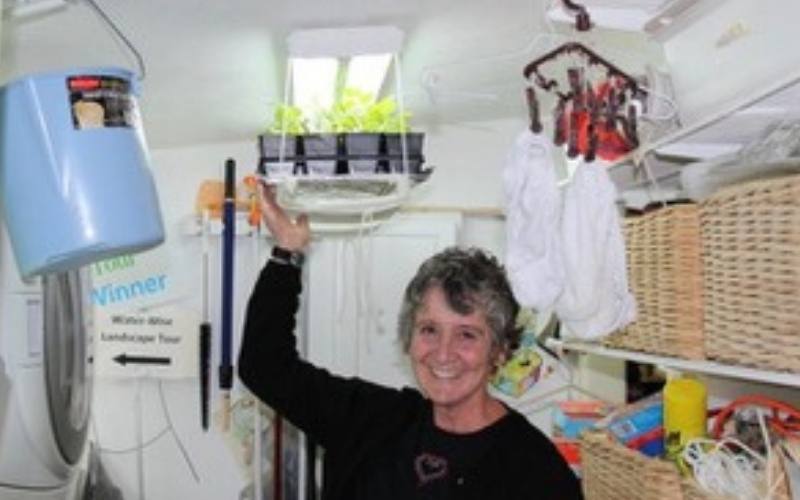
Valentine’s Day is the cue to prune roses, so I got out and cut off their dead canes. Another task I like to stay ahead of is cutting back ornamental grasses before the new growth starts. Trying to do it too late taught me how tedious it is to cut the old growth without interfering with the new, one blade at a time.
Tomato planting season begins in March. Since tomatoes are picky about temperature, it is usually best to start them as early as possible, although you would need a crystal ball to figure out the best timing.
I’ve leaned to pair each tomato plant with a bottle of water that gathers warmth from the sun during the day that it emits overnight. I also have frost cloth ready to protect the plants, but a hard freeze will still do them in. I now plant later in March using short season varieties.
Sometimes it’s a crapshoot to know when spring really begins here in North Texas, but it’s a magical time of year for new growth where spring is a short respite before summer when the plants (and people) go dormant in the heat.

Ruth Klein has been a Dallas County Master Gardener since 2009. She has a degree in biology and physical therapy, and worked as a physical therapist starting in 1978 until her recent retirement. In 2010, her landscape was a winner in the City of Dallas Water-wise tour. She is a certified Vegetable Specialist. In 2012 she helped start and lead the Temple Emanu-El community garden.
Ruth is a member of the Speakers Bureau and her main interests continue to be vegetable, and water-wise gardening.



